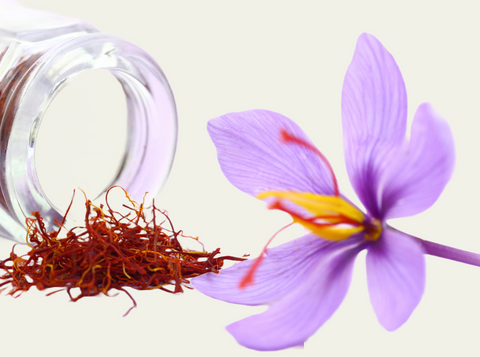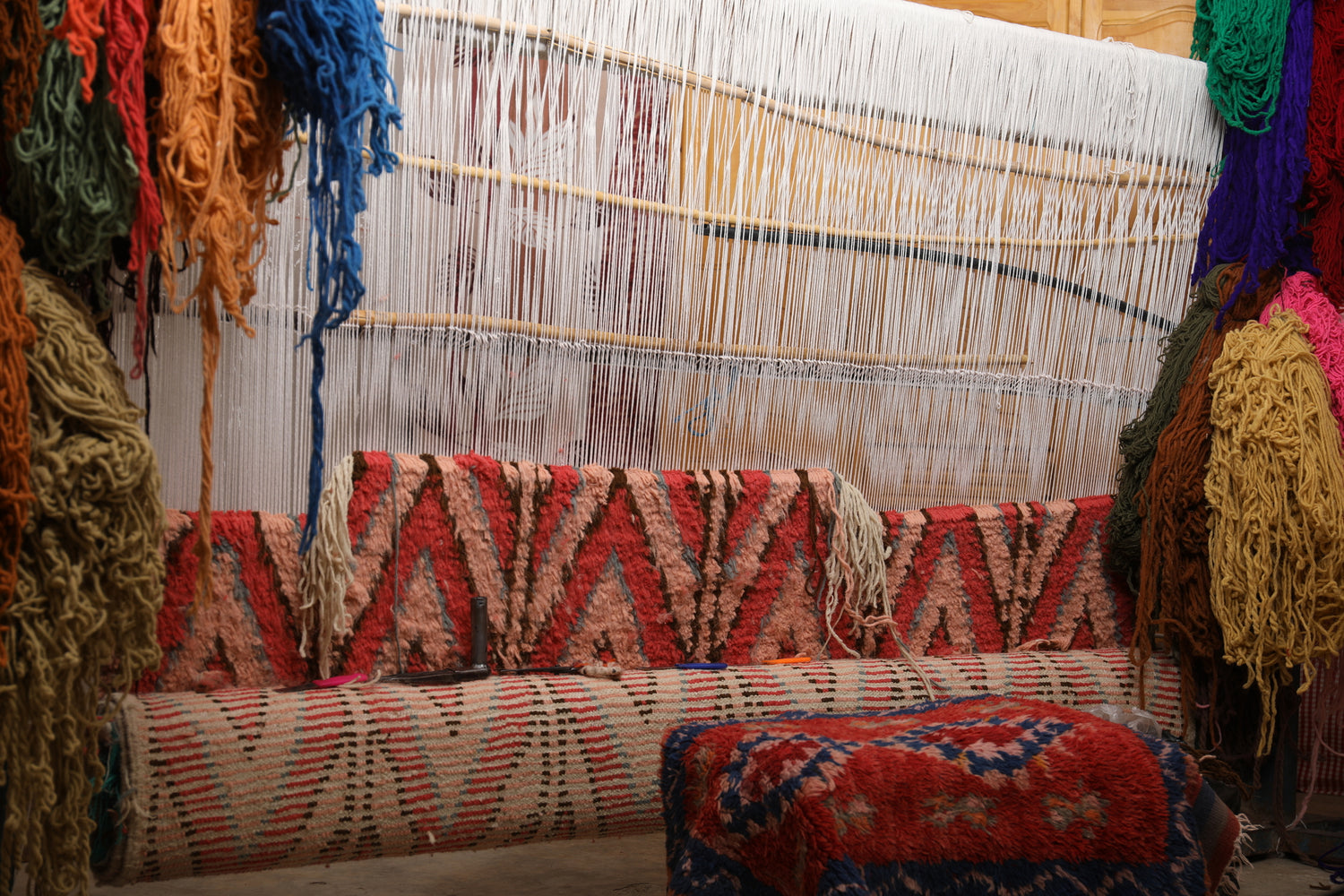The Stories Behind Moroccan Rugs: Meet the Artisans
Have you ever questioned approximately the testimonies at the back of the stunning rugs you spot in Moroccan markets? Who are the artisans that spend months, every so often years, creating those difficult works of artwork? Let me introduce you to 3 of the professional craftspeople keeping this conventional artwork form alive.
You’re about to meet Fatima, a Berber lady who has been weaving rugs for over 40 years in a small village inside the Atlas Mountains. Her rugs include symbolic Berber styles and natural dyes from the land surrounding her. Then there’s Ahmed, a 3rd-era rug maker working within the bustling city of Marrakesh. His current designs combination modern hues and styles with traditional Moroccan motifs.
From the snowcapped peaks of the High Atlas to the bustling souks of Marrakesh, rug making is a fundamental part of Morocco’s cultural background. The next time you notice a Moroccan rug, believe the artisan who spent infinite hours at a loom, weaving their creativity and Ardor into each knot. The stories at the back of those rugs are as rich and colorful as the rugs themselves. Let me share them with you.

The Rich History of Moroccan Rugs
The art of Moroccan rug weaving has been passed down through generations for centuries. These colorful creations are more than just beautiful decorations - they represent a rich history and cultural tradition.
Moroccan rugs are handmade by skilled artisans, many of whom learned the craft from their mothers and grandmothers. They use natural dyes like saffron, henna, and indigo to color the wool, which is then hand-spun into yarn. The yarn is woven on a loom to create intricate patterns unique to different Moroccan tribes.
Some of the most well-known Moroccan rug styles are the Boucherouite, Boujaad, and Beni Ourain. The Boucherouite rugs are made from recycled rags and clothing, giving them a colorful patchwork appearance. Boujaad rugs often feature geometric shapes and symbols, while the Beni Ourain style is known for its minimalist design with diamond shapes on a neutral background.
These special works of art aren’t just meant to be walked on - they tell stories of cultural heritage. The next time you see a Moroccan rug, appreciate the countless hours of work that went into creating something so meaningful. And if you’re lucky enough to own one, know that you have a piece of Moroccan history and handcrafted artistry in your home.
Different Types of Moroccan Rugs: From Beni Ourain to Kilim
Moroccan rugs come in all shapes, sizes, and designs. The most well-known are the Beni Ourain, Boujaad, and Kilim rugs.
The Beni Ourain rugs are thick, plush wool rugs that feature abstract diamond and square designs in earthy colors. Traditionally used by the Beni Ourain tribe as bedding, these rugs are super soft and last for generations.
Boujad rugs have a similar style but often feature more intricate, curvilinear patterns in vibrant reds, blues, and yellows. The Boujaad tribe is known for using natural dyes to create rugs that are just as durable as they are decorative.
Kilim rugs have a flat weave and geometric designs in primary colors. The Kilim technique produces a thinner, more flexible rug. Kilims are popular for layering on top of carpets or using as wall art. They’re also very affordable, ranging from $50 to $500 for a 5x7 rug.
The stories behind these rugs are as rich as their colors. For centuries, Moroccan women have been handcrafting rugs, each one unique, to provide warmth and decorate their homes. Many of the symbols and patterns in the rugs have cultural significance, representing fertility, life, and nature.
Owning an authentic Moroccan rug means owning a piece of this history and tradition. While machine-made reproductions lack the artistry and meaning, purchasing from a reputable dealer that works directly with the artisans is a way to support this cultural heritage. Your rug will be an heirloom to pass down for generations.
How Moroccan Rugs Are Made: A Look Inside the Artisan Workshop
The creation of a Moroccan rug is truly an artisanal process. Each rug is handmade from start to finish using techniques that have been passed down through generations. A visit to an artisan workshop provides a glimpse into the craft and skill required to produce these works of art.
Materials
The first step is gathering high-quality, natural materials. Wool from sheep in the Atlas Mountains is commonly used for the rug pile, while cotton or silk is chosen for the rug backing. Vegetable-based dyes for coloring the wool are also made on-site using local plants and spices like saffron, henna, mint, and pomegranate.


Design
Moroccan rug designs are usually quite intricate, with popular motifs including geometric shapes, floral patterns, and Berber symbols. The artisan begins by sketching the design on graph paper, then transfers it to the backing material. For a symmetrical pattern, only half the design needs to be sketched.
Knotting
The art of Moroccan rug making lies in the knotting of the wool pile onto the backing. There are several knot types used, but the most common is the symmetrical Turkish, or Ghiordes, knot. To begin knotting, the artisan ties small tufts of dyed wool around the backing using these knots, row by row, until the pattern starts to emerge. Knot densities of up to 250 knots per square inch mean up to a million knots in a single 6x9 rug!
Finishing
Once complete, the rug undergoes a final shearing to even out the pile. It is then washed, which causes the colors to bleed together slightly and gives the rug its characteristic faded look. After drying, any loose fibers are removed with tweezers. The result is a handcrafted work of art infused with the time, skill, and cultural heritage of its makers.
What Makes Moroccan Rugs So Unique
Moroccan rugs are renowned for their vibrant colors, intricate patterns, and artisanal craftsmanship. What makes them truly unique are the stories behind each rug, woven into their threads.
Centuries of Tradition
Moroccan rug weaving is an ancient craft, dating back over 2,000 years. The skills and patterns have been passed down through generations of Amazigh (Berber) tribeswomen. Each tribe has its own distinctive style, using symbols and colors meaningful to their culture and region. The rugs often feature geometric and botanical motifs, as well as symbols like the “Hand of Fatima” to ward off evil spirits.
Made by Hand
Moroccan rugs are handmade from start to finish using natural materials and dyes. Wool from local sheep is hand-spun into yarn, then dyed with pigments from saffron, henna, mint, and pomegranate skins. The yarn is hand-knotted around a loom, with some rugs containing up to 150 knots per square inch. This meticulous handcrafting means each rug has slight variations that add to its charm. The entire process can take several months for a single rug.
Fair Trade
Many Moroccan rugs are made through fair trade cooperatives that provide tribal women with an independent livelihood. They are paid fairly for their work while keeping alive an important cultural tradition. When you buy an authentic Moroccan rug, you’re supporting these skilled artisans and empowering women in Morocco’s rural communities.
From the stories they tell to the hands that weave them, Moroccan rugs are infused with the rich culture and history of Morocco. Their vibrant beauty and fair trade origins make them a meaningful addition to any home. Each rug has a story as intricate as its patterns, connecting you to an ancient craft and the lives of the Amazigh women who have mastered it.
Where to Buy Authentic Vintage and Handmade Moroccan Rugs
Once you’ve decided you want an authentic Moroccan rug to bring warmth and artistry into your home, the next step is finding a reputable seller. With so many options out there, it can be tricky to know where to start. Here are some tips to help you find a handmade or vintage rug that supports the artisans who create them.
Shop at Local Bazaars in Morocco
If you’re able to travel to Morocco, visiting local bazaars and souks is an ideal way to find high-quality rugs while supporting independent artisans. You can see the rugs up close, learn about their origins from the sellers, and potentially negotiate the best price. Some of the most well-known rug bazaars are in Marrakesh, Fez, Rabat and Casablanca.
Buy from Fair Trade Retailers
Fair trade organizations work directly with Moroccan cooperatives and pay artisans a living wage for their work. Some recommended retailers include Anthropic, Nomad Rugs, and The Rug Store. These stores offer a wide selection of vintage and handmade rugs, provide details on the artisans and materials, and ensure you’re getting an authentic product at a fair price.
Check Local Auction Houses
Auction houses that specialize in antique rugs, textiles and Moroccan decor are another option. They frequently have estate sales and auctions featuring high-quality vintage rugs that have been well-maintained over the years. Do some research on reputable auction houses in your area that have experience with Moroccan rugs. You may be able to find rare, one-of-a-kind pieces at lower price points than retail.
Ask About Certifications
When shopping at any store or website, ask if they have certifications proving fair wages and authenticity. Members of the Fair Trade Federation follow strict standards for ethical production and trade. A “Fair Trade Certified” label is a good sign, as is membership in the Moroccan Rug Guild. These organizations aim to preserve traditional Berber weaving methods and empower artisans.
With some patience and by following these tips, you can find an authentic Moroccan rug that you'll cherish for years to come. And you'll feel good knowing your purchase supported the livelihood of a Moroccan artisan.
Conclusion
So there you have it, a glimpse into the lives of the talented artisans behind the colorful rugs of Morocco. Their craft is truly an art form that has been passed down through generations. The next time you see a Moroccan rug, whether in a store, home, or museum, take a moment to appreciate the care, skill, and personal stories woven into each thread. Though the artisans themselves may remain largely anonymous, their creative works of art live on, bringing beauty and warmth to all those who encounter them.













